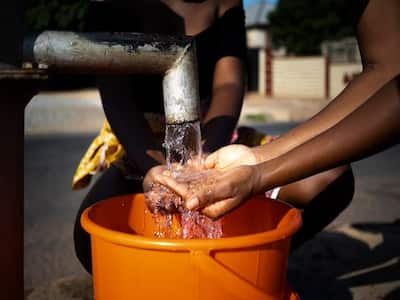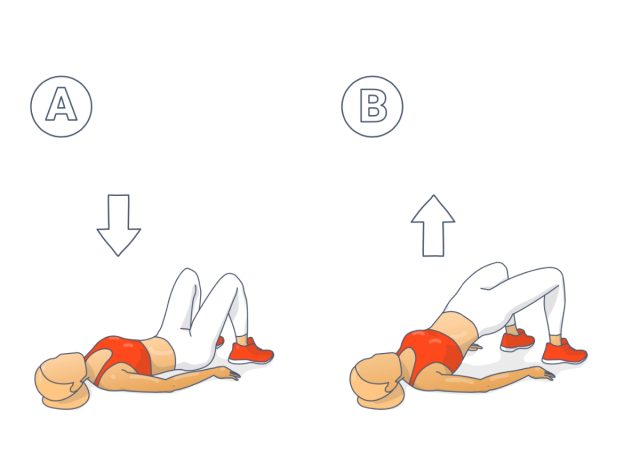
Half of the world’s population are living without adequate access to safe water, sanitation and hygiene (WASH), according to a new WHO report.
The World Health Organization (WHO) has raised concern about the growing health risks posed by unsafe drinking water, sanitation, and hygiene (WASH). In its latest report, the UN health agency has revealed that half of the world’s population still does not have adequate access to safe drinking water, sanitation and hygiene, which led to at least 1.4 million preventable deaths and 74 million disability-adjusted life years in 2019.
Conflicts, antimicrobial resistance, re-emergence of cholera hotspots and climate change are identified as factors contributing to the increasing burden of WASH-related diseases.
Diseases attributable to unsafe drinking water, sanitation and hygiene
The WHO report is based on the estimates of the burden of diseases attributable to unsafe WASH (namely diarrhoea, acute respiratory infections, undernutrition, and soil-transmitted helminthiases) for 183 WHO Member States for the year 2019. As per the report:
Diarrhoeal disease was attributed for over one million deaths and 55 million DALYs, accounting for most of the WASH-related disease burden.
READ RELATED: What Scales Might Say When On Periods: Know The Best Time To Weigh Yourself
Acute respiratory infections resulting from inadequate hand hygiene were identified as the second largest contributor, with 356 000 deaths and 17 million DALYs.
Unsafe WASH led to 395 000 deaths and 37 million DALYs in children under five. Diarrhoea and acute respiratory infections are the leading infectious causes of death in this age group globally. In 2019, diarrhoea caused 273 000 deaths while 112 000 children under five died due to acute respiratory infections, according to the WHO report.
WASH-attributable deaths highest in Africa and South-East Asia
Most WASH-attributable deaths were reported from the WHO African and South-East Asia regions. Nearly 90 per cent of deaths linked to unsafe drinking water, sanitation and hygiene occurred in the low- and lower-middle income countries. Even in high-income countries, 18 per cent of their diarrhoeal disease burden is attributed to inadequate hand hygiene practices.
Total Wellness is now just a click away.
Follow us on
window.addEventListener(‘load’, (event) => {
$(‘#commentbtn’).on(“click”,function(){
(function(d, s, id) { var js, fjs = d.getElementsByTagName(s)[0]; if (d.getElementById(id)) return; js = d.createElement(s); js.id = id; js.src = “//connect.facebook.net/en_US/sdk.js#xfbml=1&version=v2.3”; fjs.parentNode.insertBefore(js, fjs);}(document, ‘script’, ‘facebook-jssdk’));
$(“.cmntbox”).toggle();
});
});









